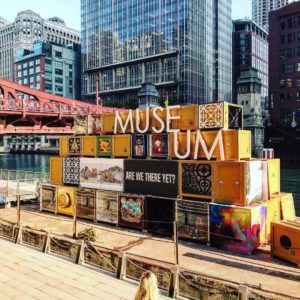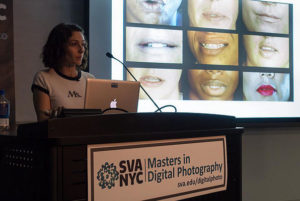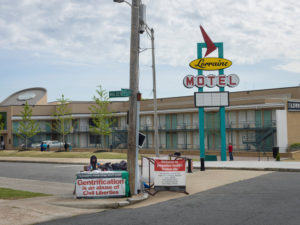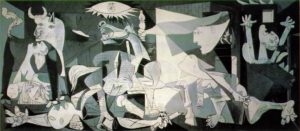In past posts, we’ve noted the many ways artists speak out through their art-doing. Whether to question or connect us, artists are charged, perhaps now more than ever. And thanks to social media, more and more people can engage with the good work artists do.
For example, to memorialize and respond to the atrocities that ended the life of George Floyd – as well as re-ignite #BlackLivesMatter and speak to the hundreds of years of Black persecution in the United States – visual artists have taken to the streets in the ways they know best. Greta McLain, Xena Goldman, and Cadex Herrera acted by painting a mural at the corner of 38th Street and Chicago Avenue South, the spot where Floyd was arrested. These three artists were assisted by artists Maria Javier, Rachel Breen, Niko Alexander, and Pablo Helmp Hernandez.
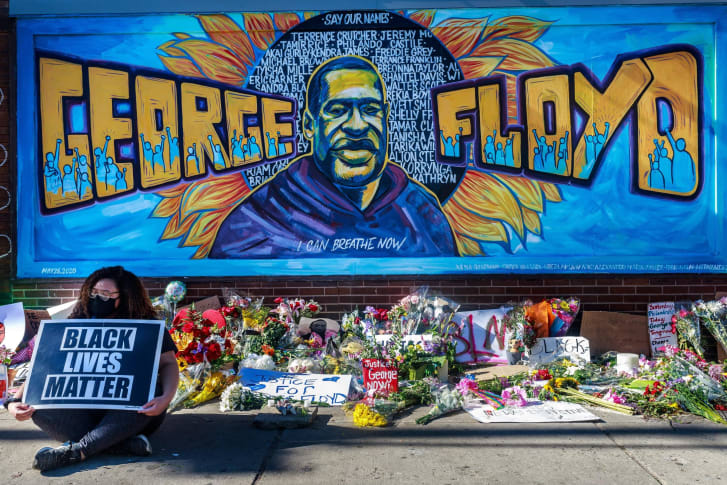
Minutes before his death, Floyd managed to muster: “I can’t breathe.”
Floyd’s last words, “I can’t breathe,” were transformed and the phrase at the center of the mural came later. As stated by one of the muralists:
Beyond Minneapolis, many more murals have emerged around the globe.
Visual artists are not the only ones speaking out. Poets, filmmakers, actors, and more are outraged.
Musicians, too, regardless of genre are expressing their frustration, sadness, and empathy.
The above are just a small sample of the artists who are speaking out against injustice. Let us join them.
